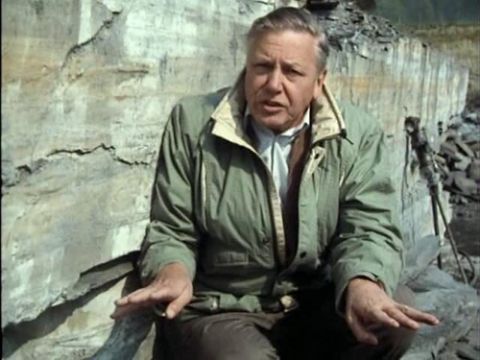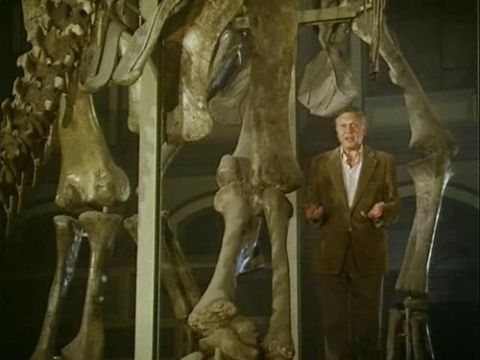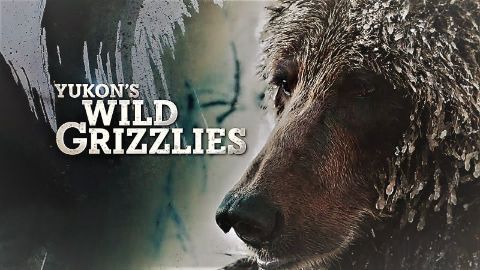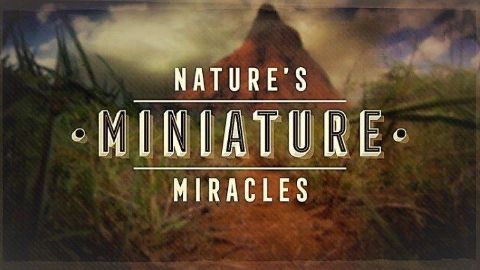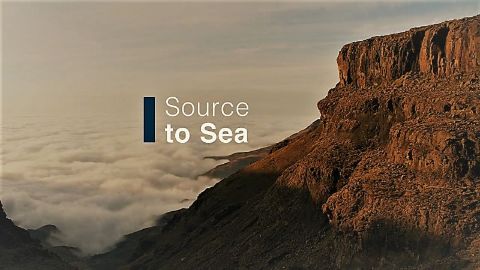Rare Glimpses • 1989 • episode "S1E4" • Lost Worlds, Vanished Lives
In this final installment to the series, David Attenborough travels to four unique locations about the globe where an abundance of fossilized plant and animal remains have given us a detailed picture of what life could have been like in prehistoric times. Each of the sites experienced its own set of circumstances which enabled it to preserve many perfect specimens for extraction and analysis. Piecing together the collected evidence, paleontologists have been able to determine early animal hierarchies, their diets and their evolutionary paths.
Make a donation
Buy a brother a hot coffee? Or a cold beer?
Hope you're finding these documentaries fascinating and eye-opening. It's just me, working hard behind the scenes to bring you this enriching content.
Running and maintaining a website like this takes time and resources. That's why I'm reaching out to you. If you appreciate what I do and would like to support my efforts, would you consider "buying me a coffee"?
Donation addresses
BTC: bc1q8ldskxh4x9qnddhcrgcun8rtvddeldm2a07r2v
ETH: 0x5CCAAA1afc5c5D814129d99277dDb5A979672116
With your donation through , you can show your appreciation and help me keep this project going. Every contribution, no matter how small, makes a significant impact. It goes directly towards covering server costs.

